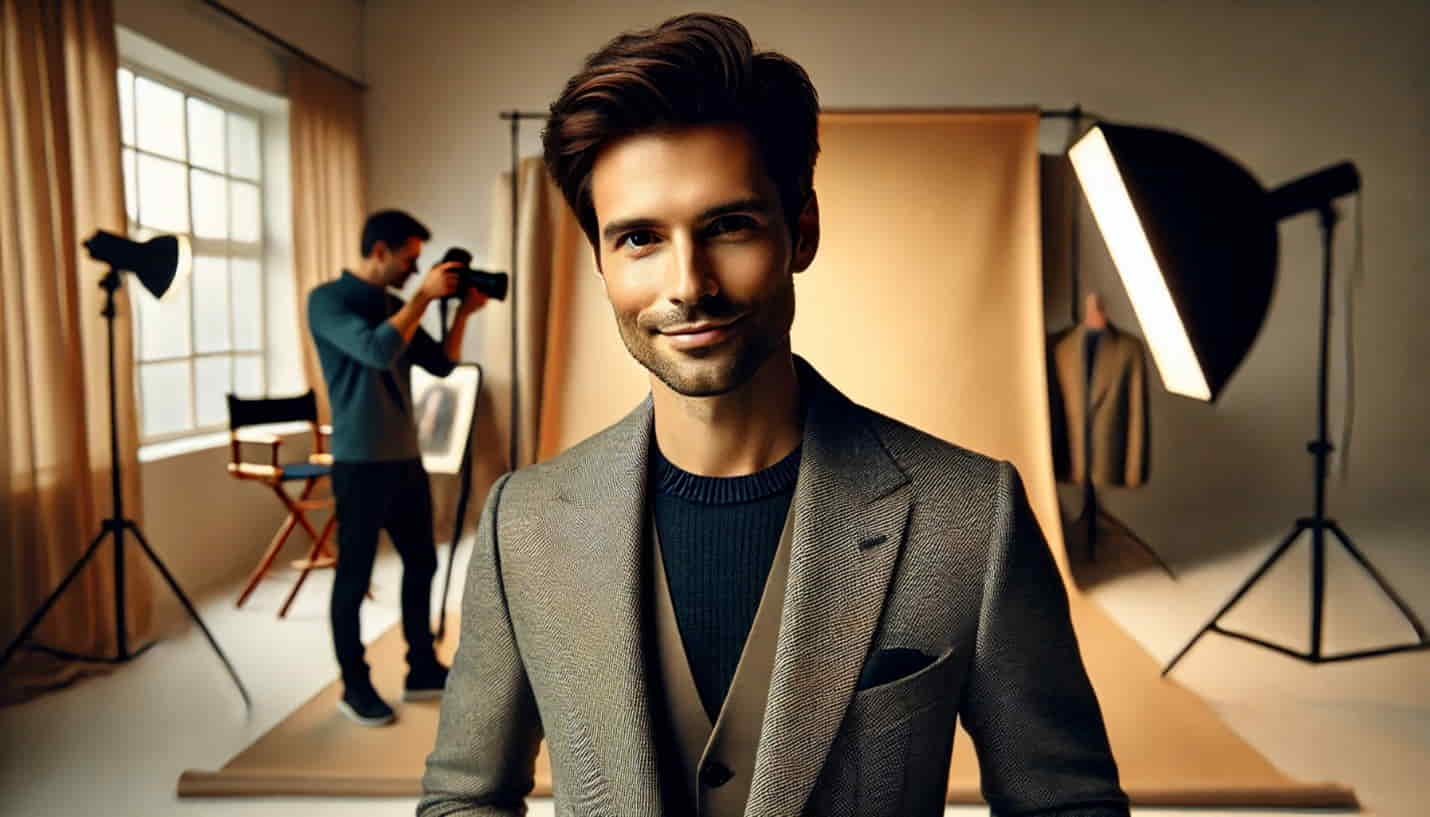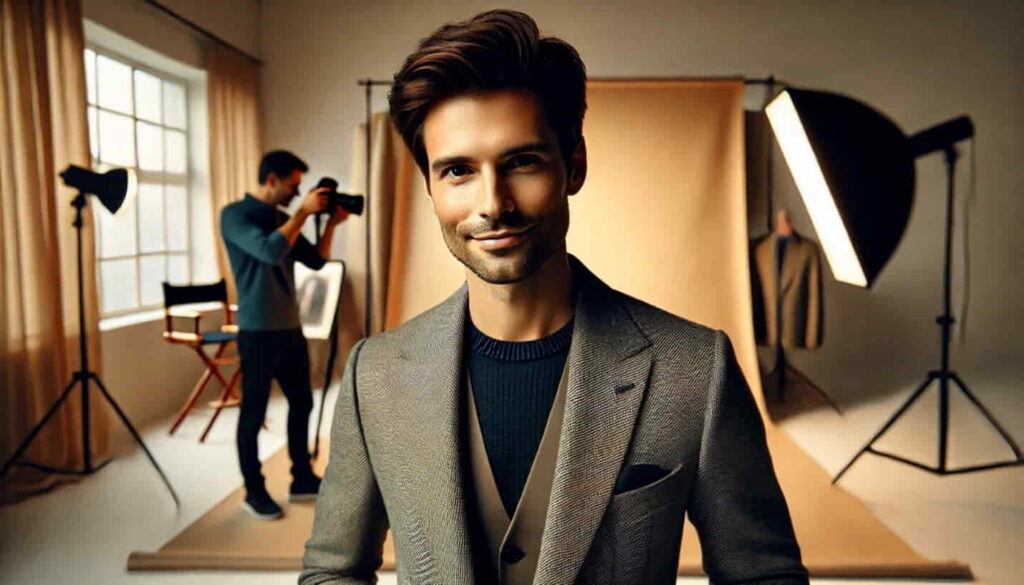
A professional headshot in San Francisco is more than just a photo—it’s a visual introduction. Whether updating a LinkedIn profile, refining a business brand, or curating a creative portfolio, wardrobe choices can shape how one is perceived. The right clothing enhances confidence, professionalism, and authenticity, while the wrong choices can be distracting or unflattering.
This guide provides actionable, detailed advice on selecting the perfect outfit for a professional headshot in SF, ensuring a polished and industry-appropriate look that flatters all body types and face shapes.
Why Your Headshot Outfit Matters
A professional headshot in San Francisco conveys credibility, approachability, and personal branding. Clothing affects how light interacts with the subject, impacts facial prominence, and can reinforce industry norms.
San Francisco’s diverse professional landscape—from the casual-yet-intellectual aesthetic of the tech sector to the structured formality of finance and law—demands a thoughtful approach to attire. Dressing in alignment with industry expectations, personal brand, and body proportions ensures a headshot that is both flattering and functional.
Choosing the Right Colors for a Professional Headshot
Color choices can dramatically affect perception in a professional headshot in SF. Certain hues complement skin tones, while others wash them out or create unwanted contrasts. Additionally, color psychology plays a role in how individuals are perceived.
Color Psychology in Headshots
- Blue (Navy, Royal, Cobalt, Teal) – Conveys trust, intelligence, and stability, making it a go-to choice for business professionals.
- Green (Emerald, Olive, Forest Green) – Represents balance and approachability, ideal for those in wellness or environmentally focused fields.
- Red (Burgundy, Wine, Deep Crimson) – A powerful, attention-grabbing shade that projects confidence but should be used sparingly.
- Gray (Charcoal, Slate, Medium Gray) – Neutral and sophisticated, it avoids harsh contrast while maintaining professionalism.
- Earth Tones (Terracotta, Mustard, Deep Tan, Chocolate Brown) – Warm and grounded, these tones are great for creatives or entrepreneurs looking for an inviting look.
Best Colors for Different Skin Tones
- Fair Skin: Jewel tones like emerald green, deep sapphire blue, and ruby red work well. Avoid beige or pastels, which may wash out the complexion.
- Medium Skin Tones: Rich hues like deep teal, aubergine, burnt orange, and royal blue enhance warmth without overpowering.
- Deep Skin Tones: Vibrant jewel tones such as mustard yellow, bright cobalt, rich plum, and deep turquoise pop beautifully.
Colors to Avoid
- Neon or overly bright colors: They cast unnatural reflections on the face under studio lighting.
- Pure white or stark black: These can create harsh contrast, absorbing or reflecting too much light.
- Beige or pale pastels: Can make fair complexions appear washed out unless paired with deeper tones.
Patterns, Textures, and Fabrics: What Works on Camera?
Certain patterns and fabrics can enhance or diminish a professional headshot in San Francisco.
Best Textures & Patterns for Photography
- Subtle textures like fine herringbone (under ¼ inch width) or tight micro-stripes (no wider than 1/8 inch) add visual interest without causing distortion.
- Solid colors or faint gradients photograph best, as they prevent the moiré effect (a wavy distortion that can occur with tight patterns).
- Avoid loud prints, bold florals, and heavy checks, as they draw attention away from the face.
Best Fabric Choices
- Matte fabrics (cotton, wool blends, soft knits, or structured weaves) absorb light well, reducing glare.
- Avoid shiny materials like satin or polyester, which reflect studio lighting unevenly.
How Clothing Should Fit: A Breakdown by Fit Type
The term “well-fitted” often appears in style guides but lacks clear definition. Here’s how clothing should fit based on body type and preference:
- Tailored Fit: Closely follows natural body lines without tightness. Ideal for corporate and structured looks. Jackets should sit flat on the shoulders without sagging or pulling.
- Slim Fit: Slightly closer to the body than tailored but with some flexibility. Works well for modern business attire in the tech industry.
- Relaxed Fit: Offers more ease and drape. Best for creative fields or casual headshots but should still maintain structure (e.g., a slightly loose blazer over a fitted top).
Fit Guidelines by Clothing Type
- Jackets: Shoulder seams should align precisely with the edge of the shoulder. The chest should have no pulling or excess fabric.
- Shirts & Blouses: Should sit smoothly without visible gaping or tightness. The collar should frame the neck without bunching.
- Pants: For standing headshots, ensure trousers drape well and do not bunch at the waist. Avoid extremely tight fits that create awkward creases.

Dressing for Different Body Types
Different body shapes benefit from varying cuts and silhouettes:
- Pear-Shaped: V-neck tops elongate the upper body, balancing proportions. Avoid overly flared sleeves.
- Apple-Shaped: Fitted blazers with structured shoulders add definition. Avoid clingy fabrics around the waist.
- Hourglass: A wrap-style or belted top highlights proportions naturally.
- Rectangle: Layering (e.g., a blazer over a blouse) adds depth and structure.
Necklines and Face Shapes
The right neckline complements face shape:
- Oval Faces: Versatile—V-necks, scoop necks, and crew necks all work well.
- Round Faces: V-neck or open collars create elongation. Avoid high necklines.
- Square Faces: Scoop or round necklines soften angles.
- Heart-Shaped Faces: V-necks or slight cowl necks balance a prominent forehead.
Grooming and Hairstyling for a Polished Look
Hair Guidelines by Length & Texture
- Short Hair: A neatly styled cut with light texturizing works best. Avoid excessive product that can create glare.
- Medium-Length Hair: Soft waves or sleek straight styles work well. Avoid half-up styles that create visual imbalance.
- Long Hair: Side parting or loose waves frame the face naturally. Updos should be clean, with no flyaways.
Makeup for Headshots
- Foundation: Opt for a matte finish in liquid or cream formula to reduce shine under studio lighting.
- Lips: Define with lip liner and a matte or semi-matte lipstick. Best shades:
- Fair skin: Rose, soft berry
- Medium skin: Warm mauve, brick red
- Deep skin: Plum, deep brown-red
How Lighting Affects Clothing Choices
Different studio lighting setups impact fabric and color choices:
- Softbox Lighting: Most flattering but can highlight wrinkles or sheen on certain fabrics.
- Umbrella Lighting: Creates even tones but may make dark fabrics appear darker.
- Ring Light: Even but slightly flattening; solid colors work best.
The Importance of a Backup Outfit
Bringing a second outfit ensures adaptability:
- Color Variations: Some colors may appear differently under professional lighting.
- Fit Adjustments: A jacket may look stiff or bunch unexpectedly in certain poses.
- Style Tweaks: Having both a formal and casual option allows flexibility in branding.
Conclusion
A professional headshot in San Francisco should highlight personality and confidence while aligning with industry standards. San Francisco professionals, from tech leaders to creatives, benefit from wardrobe choices that enhance their features and suit their industry’s expectations. With the right colors, fit, textures, and grooming, a headshot becomes more than a photo—it becomes a personal statement.

 RSS Feed
RSS Feed February 28th, 2025
February 28th, 2025  Blake
Blake  Posted in
Posted in